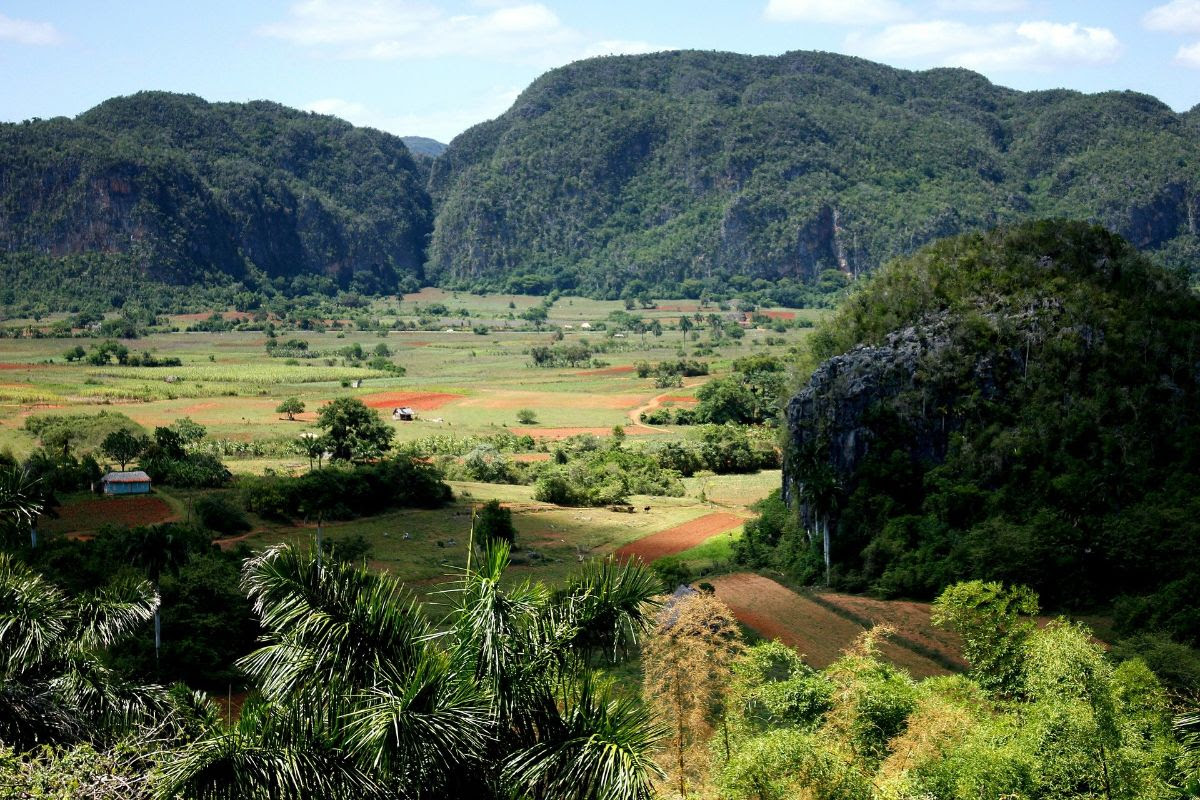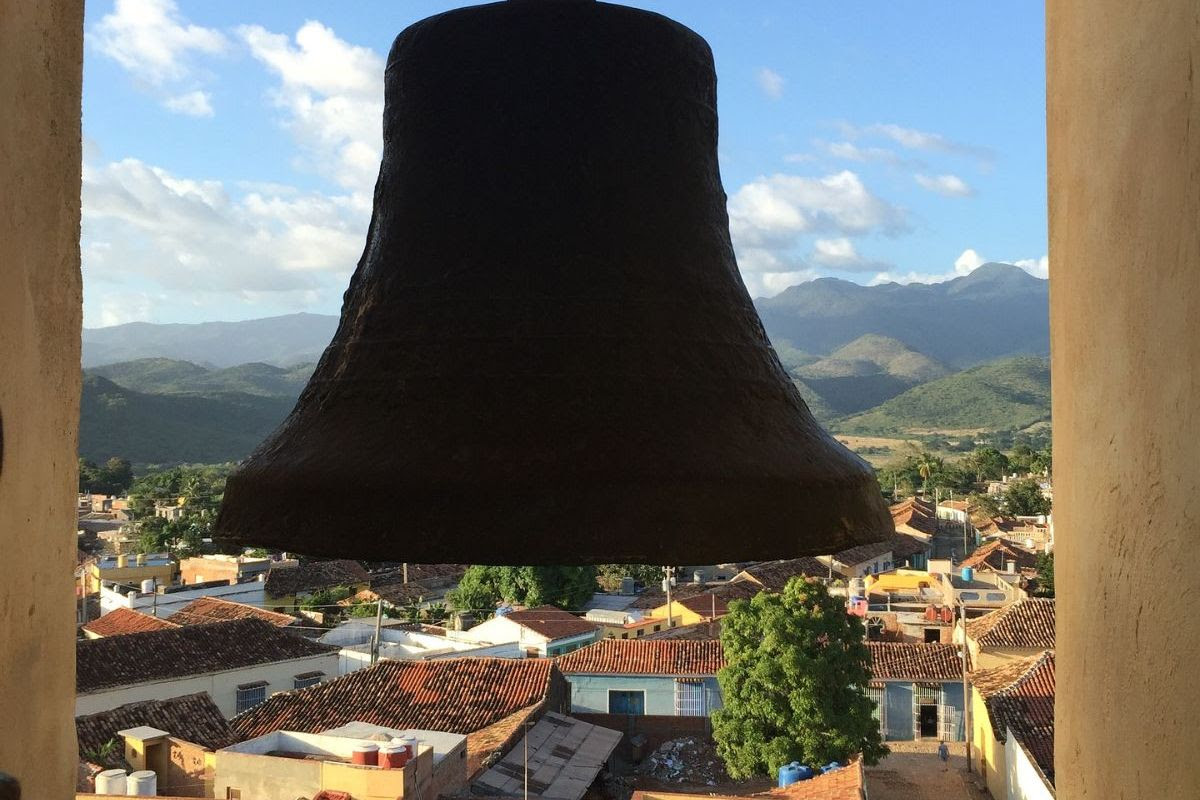Why Cuba is an Exceptional Travel Destination
Book your next dream vacation to Cuba. Last minute vacations, hotels, flights, car rentals and cruise holidays.
|
|
|
|
Reservations Call JustTravelDeals @ 905-799-3000 or info@justtraveldeals.ca
You will visit the following 6 places:

Havana
Havana, officially Ciudad de La Habana, is the capital city, major port, and leading commercial centre of Cuba. The city is one of the 15 Cuban provinces. The city/province has 2.1 million inhabitants, the largest city in Cuba and the second largest in the Caribbean region, after Santo Domingo. The city extends mostly westward and southward from the bay, which is entered through a narrow inlet and which divides into three main harbours: Marimelena, Guanabacoa, and Atarés. The sluggish Almendares River traverses the city from south to north, entering the Straits of Florida a few miles west of the bay.

Varadero
Varadero is a resort town in the province of Matanzas, Cuba, and one of the largest resort areas in the Caribbean. The place was first used as a dry dock and the salt mines of the peninsula (closed in 1961) supplied most of the Spanish Latin America Fleet since 1587. However, the foundation date of Varadero as city was only on December 5, 1887, when ten families from the city of Cárdenas obtained a permission to build their vacation homes between today's 42nd and 48th Street. Varadero is foremost a tourist resort town, boasting more than 20 km of white sandy beaches. The first tourists visited Varadero as early as the 1870s, and for years it was considered an elite resort. In 1910 the annual rowing regatta was started; five years later the first hotel, named Varadero and later Club Nautico, was built. Tourism grew in the early 1930s as Irénée du Pont, an American millionaire, built his estate on the peninsula. Many famous and infamous people stayed in Varadero, for example Al Capone.

Cuba
Cuba, officially the Republic of Cuba, is a sovereign state comprising the islands of Cuba, Isla de la Juventud and several archipelagos in the Caribbean Sea. The capital and largest city Havana. Havana had a large number of shows, events, and casinos catering to tourists. Geographically, Cuba is considered part of North America and culturally, it is considered part of Latin America. The island became a U.S. protectorate in 1898, and in 1902 it gained substantial independence. Between 1902 and 1959, many U.S. citizens lived in Cuba or frequently travelled to Cuba. It is the largest island in the Caribbean, and the second-most populous after Hispaniola, with over 11 million inhabitants. It is a multiethnic country whose people,culture and customs derive from diverse origins, including the aboriginal Taíno and Ciboney peoples, the long period of Spanish colonialism, the introduction of African slaves, and a close relationship with the Soviet Union in the Cold War. Cuba is ranked high in human development by the United Nations, and performs well in health and education. In 2015, it became the first country to eradicate mother-to-child transmission of HIV and syphilis, a milestone hailed by the World Health Organization as "one of the greatest public health achievements possible".

Holguín
Holguín is a municipality and city, the capital of the Cuban Province of Holguín. It also includes a tourist area, offering beach resorts in the outskirts of the region. After Havana, Santiago de Cuba, and Camaguey, it is the fourth largest city in Cuba.

Cayo Largo

Santiago de Cuba
Santiago de Cuba is the capital of the Santiago de Cuba province in south-eastern Cuba. Historically Santiago de Cuba has long been the second most important city on the island after Havana, and still remains the second largest. It is on a bay connected to the Caribbean Sea and is an important sea port. The city best known for colonial architecture and revolutionary history.




















